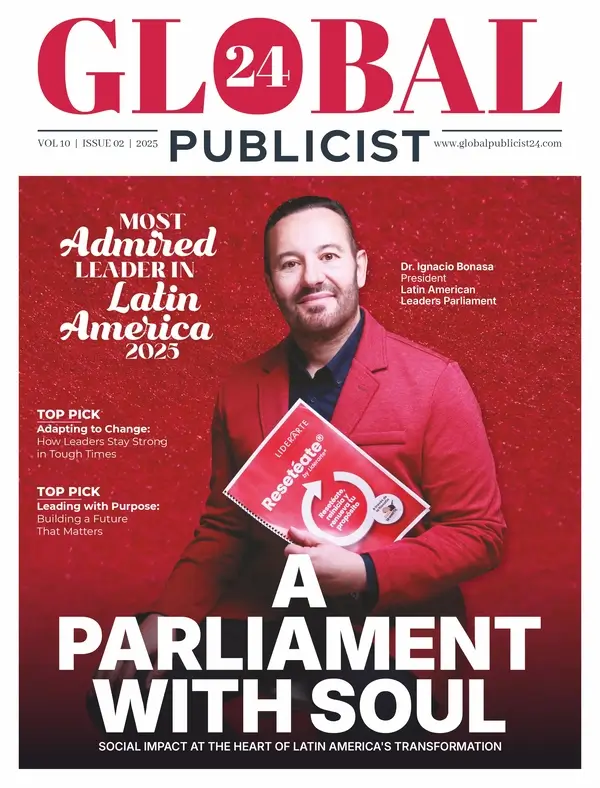Website visibility depends on strategic keyword implementation and proper placement techniques. Many businesses struggle with effective optimization methods that balance search engine requirements with user experience. Research shows 95% of users only check first page results, making strategic positioning crucial. Market data indicates that bulk seo keyword ranks tracking helps identify successful optimization patterns across multiple terms. Professional implementation requires systematic approaches that deliver measurable results.
What Are SEO Keywords?
SEO keywords represent specific words and phrases users enter into search engines when seeking information, products, or services. These terms create direct connections between user search intent and website content. Search engines analyze keyword usage to understand page topics and match relevant results with user queries.
Keywords function as bridges between your target audience and website content. They help search engines categorize and index your pages for appropriate search results. Effective keyword selection requires understanding both user behavior and search engine algorithms.
Why Proper Keyword Placement Matters
Strategic keyword placement directly impacts search engine rankings and organic visibility. Search engines use keyword locations as relevance signals to determine content quality and topic focus. Proper implementation improves user experience by delivering expected content that matches search intent.
Keyword placement affects click-through rates from search results pages. Users scan search results for relevant terms before deciding which links to visit. Well-optimized titles and descriptions containing target keywords attract more qualified traffic and reduce bounce rates.
Essential Keyword Research Before Implementation
Primary keywords represent main topics your pages should rank for in search results. Secondary keywords support primary terms and capture related search variations. Long-tail keywords offer lower competition opportunities with higher conversion potential for specific user needs.
Essential keyword selection criteria include:
- Business relevance and conversion potential;
- Search volume and traffic opportunity;
- Competition level and ranking difficulty;
- Seasonal trends and market demand.
Search intent categories determine how users interact with search results and website content. Informational queries seek knowledge about specific topics. Navigational searches target specific websites directly. Transactional keywords indicate purchase intent and commercial interest in products or services.
Critical Locations for Keyword Placement
Technical SEO Elements
Title tags represent the most important keyword placement location on any webpage. These HTML elements appear as clickable headlines in search results and browser tabs. Optimal title tags contain primary keywords within the first 60 characters to avoid truncation.
Meta descriptions provide concise page summaries that appear below titles in search results. These 150-160 character descriptions should include primary keywords naturally while encouraging clicks. Well-written meta descriptions improve click-through rates and user engagement.
URL structure offers additional keyword placement opportunities for search engine optimization. Clean, descriptive URLs containing target keywords help both search engines and users understand page content. Short, keyword-rich URLs perform better than lengthy alternatives.
| Element Type | Character Limit | Keyword Priority | User Impact |
| Title Tag | 60 characters | Primary keyword | High CTR influence |
| Meta Description | 160 characters | Primary + secondary | Click decision factor |
| URL Slug | 50-60 characters | Primary keyword | Trust and clarity |
| H1 Heading | 70 characters | Primary keyword | Content hierarchy |
Header tags create content hierarchy and improve both user experience and search engine understanding. H1 tags should contain primary keywords and clearly indicate page topics. H2 and H3 tags organize content sections while incorporating secondary keywords naturally.
Content-Based Placement
Introduction paragraphs within the first 200 words carry significant ranking weight with search engines. This prime content real estate should incorporate primary keywords naturally while engaging readers immediately. Strategic keyword placement in openings improves relevance signals without compromising readability.
Subheadings throughout content provide additional keyword placement opportunities and improve user navigation. Image optimization includes keyword placement in alt text, file names, and captions. These elements help search engines understand visual content while improving accessibility.
On-Page Keyword Optimization Strategies
Stop words create natural keyword integration opportunities without sacrificing readability or user experience. Words like “in,” “the,” and “for” transform awkward keyword phrases into conversational language. This technique maintains SEO benefits while improving content flow.

Keyword variations and synonyms prevent over-optimization while expanding topic coverage and search visibility. Search engines recognize related terms and semantic relationships between concepts. Using diverse keyword variations demonstrates topic expertise and natural writing patterns.
Optimal keyword density ranges between 1-2% of total content length for most pages. This guideline prevents keyword stuffing penalties while maintaining relevance signals for search engines. Quality content naturally incorporates keywords at appropriate frequencies without forced repetition.
Strategic heading organization creates logical content flow while incorporating keywords at multiple hierarchy levels. Internal linking connects related pages while incorporating keyword-rich anchor text for navigation and SEO benefits. These connections help search engines understand site structure and topic relationships.
Best Practices and Common Mistakes
Quality-focused approaches prioritize user value over keyword frequency or density targets. Content should address user needs comprehensively while incorporating keywords naturally throughout the text. This user-first strategy aligns with modern search engine algorithms and ranking factors.
Regular content audits ensure keyword optimization remains effective as search trends evolve. According to Google’s SEO documentation, mobile-friendly considerations impact keyword effectiveness and search rankings significantly.
Over-optimization signals include unnatural keyword repetition, irrelevant keyword insertion, and poor content readability. Search engines penalize these practices with reduced rankings and visibility. Modern algorithms prioritize content quality and user satisfaction over keyword frequency.
Natural writing flow maintains reader engagement while incorporating keywords strategically throughout content. Balance between SEO and readability creates sustainable optimization strategies. Search engine guideline compliance ensures long-term SEO success and sustainable organic growth.
Measuring and Monitoring Keyword Performance
Google Search Console integration provides essential keyword performance data and ranking insights. This free tool shows which keywords drive traffic and how pages perform in search results. Regular monitoring identifies optimization opportunities and performance trends.
Position monitoring techniques track keyword rankings across different search engines and geographic locations. Backlinko’s SEO research demonstrates that consistent monitoring improves optimization outcomes significantly.
Performance review schedules ensure keyword optimization remains effective as search trends change. Regular assessment identifies successful strategies and areas requiring improvement. Content update protocols keep keyword optimization current with market changes and user behavior shifts.
Click-through rate analysis measures how effectively keyword optimization attracts users from search results. This metric indicates whether titles and descriptions successfully communicate page value. Improving CTR increases traffic without requiring higher search rankings.
Conclusion
Strategic keyword placement transforms website visibility through systematic optimization that balances search engine requirements with user experience. Professional implementation requires understanding keyword research, strategic placement, and ongoing performance monitoring. Success depends on consistent optimization efforts that prioritize user value while maintaining technical SEO excellence for sustainable organic growth.













